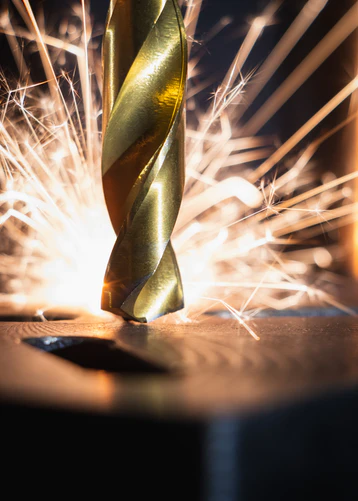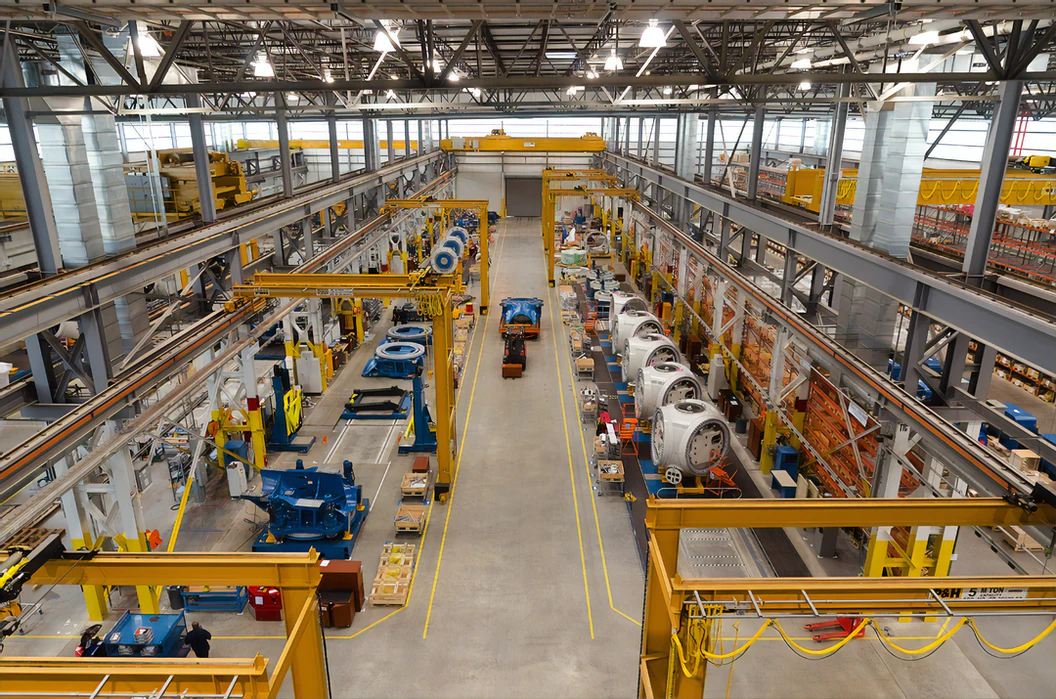The impact of fire in a manufacturing facility should not be underestimated. It can cause significant injuries to teams, detrimental damage to property and can cause considerable loss of inventory.
This indisputable risk of fire is evidenced in the nearly 2000 fires occurring in industrial manufacturing premises in 2019[i]. This is furthered by the frequent reports of fire, such as that an industrial estate in Salford in April 2020[ii], and the more recent incident at a fibreglass manufacturing facility in Sunderland in July 2020[iii].
Manufacturing facilities, as non-domestic premises, are required to meet legal obligations for fire safety, as stipulated in the Regulatory Reform (Fire Safety) Order (2005)[iv], which summarises a minimum standard for fire safety.
Key steps to ensure compliance with the Fire Safety Order include:
- Regularly conducting a fire risk assessment to identify fire hazards, provide recommendations for resolutions and inform the premises’ emergency plan.
- Providing employees, and any temporary or contract workers, with information surrounding risks identified and the measures taken to resolve these.
- Maintaining fire protection equipment and emergency exists on a regular basis.
This legislation provides a strong foundation for fire protection in manufacturing; however, it lacks sector-specific insight as to the common risks facing manufacturers.

Common risks at manufacturing facilities
- Storage
Manufacturing facilities are often required to store materials – such as raw materials, finished products or packaging materials – for extended periods of time. The flammable nature of these products presents a significant fire safety risk and, as such, managing storage correctly is vital for protecting teams, assets and property.
Some tips for reducing fire risk surrounding storage at manufacturing facilities include:
- Storing raw materials safely – raw materials are often highly combustible. To reduce their associated fire risk, these materials should be stored away from potential ignition sources, such as electrical equipment, open flames or hot works.
- Disposing of flammable waste and packaging – waste and packaging materials are often commonplace at manufacturing facilities. To mitigate risk, these materials should be disposed of immediately after use, to ensure they are not in contact with ignition sources or causing obstructions.
Keeping outdoor storage areas tidy – outdoor storage can create a number of risks. For example, should a fire break out, it could prevent escape or go undetected for long periods of time. Yards or outdoor storage areas should be kept tidy and have fire detection equipment installed, to notify building occupants of any outbreak of fires. Additionally, materials should be stored at least two metres away from each other, and other buildings, to mitigate the risk of fire spreading.
- Highly flammable substances
Highly flammable substances – including fuel or dust – are commonplace at manufacturing facilities. If these materials come into contact with ignition sources, they can cause a substantial amount of fire damage.

Measures for managing flammable substances include:
- Keeping fuel on site to a minimum – manufacturing facilities utilise various fuel to fuel equipment and power operations, including Natural Gas Liquids (NGLs) and Liquid Petroleum Gas (LPGs). To reduce their associated fire risks, the amount of fuel stored on site should be kept to a minimum. This stock amount should not exceed 70kg and should be stored away from all flammable materials, in a well-ventilated area.
- Mitigating the risk of dust – dust released from chemicals and food matter is highly flammable and has the potential to cause fire and explosions. To mitigate risk, any material which could release flammable dust should be stored away from potential ignition sources, and any dust spills should be cleaned up immediately.
- Vehicles and machinery
A key element to many manufacturing facilities is vehicles and machinery, which are frequently used to meet busy schedules. However, vehicles and machinery can pose significant fire risks. These risks can be mitigated by:
- Maintaining and protecting vehicles – industrial materials can pose a number of hazards, such as overheating, risks associated with refuelling or charging and problems surrounding incorrect storage. A fundamental element to reducing risk is ensuring vehicles are regularly maintained and cleaned, to reduce to the risk overheating as a result of dust build-up.
Fork lifts can pose significant risk when charged, as sparks can be created when connecting and disconnecting power supply. It’s important to position charging points in a well-ventilated area away from ignition sources or against a fire-resistant wall, if indoors.
The rise in use of hybrid and electrical vehicles (EVs and HEVs) also poses new fire safety risks. Powered by lithium-ion batteries, EVs and HEVs have the potential to overheat and enter a state known as ‘thermal runaway’. In this state, the battery has the ability to produce its own oxygen, increasing the risk of fire spread. As such, protecting these vehicles with appropriate equipment is crucial for reducing fire risk.
- Managing and cleaning machinery – all machinery should be subject to installation and regular cleaning and maintenance by a competent party, to reduce fire risk. Additionally, any portable equipment should be included within your fire risk assessment and subject to regular portable appliance testing (PAT). Installing fire detection and suppression equipment on machinery can notify operators of fire and allow suppression to take place as quickly as possible.
- The spread of fire and smoke
The spread of fire and smoke can cause significant injury to teams and substantial damage to assets and buildings. The spread can be reduced by:
- Ensuring space or ventilation between roofs – connected roofs or roofs close to each other can allow fire and smoke to spread easily. To mitigate this risk, try to allow space between roofs of separate buildings or areas. If this isn’t possible, installing a ventilation system can reduce the potential of the spread of fire and smoke. Combustible materials in roofs should also be replaced by non-combustible materials, or lined with non-combustible board.
- Dividing buildings or structures – premises with many different areas should separate each area with 30-minute fire resistant doors, walls and floors.
- Installing ventilation systems – ventilation systems can further reduce the risk of smoke spread, by filtering it out into external environments.
- Arson
Arson is unfortunately a common cause of fire, with around 70,000 deliberate fires occurring in the UK in 2019[v]. Manufacturing facilities can reduce the risk of fire caused by arson by securing premises from the outside, ensuring flammable liquids or materials are stored and secured inside the premises. In addition, restricting access to storage areas and encouraging the reporting of any suspicious behaviour noticed in or around the site can further mitigate risk of arson.
For more information on how to on ensure compliance, or to book your free site survey, get in touch.
[i] Fire Statistics Data Tables – gov.uk
[ii] Fire Sweeps Through UK Industrial Estate – Industrial Fire World
[iii] Sunderland Factory Blaze Not Suspicious As Pollice & Fire Service Carry Out Investigation – Sunderland Echo
[iv] The Regulatory Reform (Fire Safety) Order 2005 – Gov.uk
Contact us
Do you own or operate a business that needs fire protection?
Call us today on 0800 975 5767, or fill in our contact form, to speak with a member of our team.

